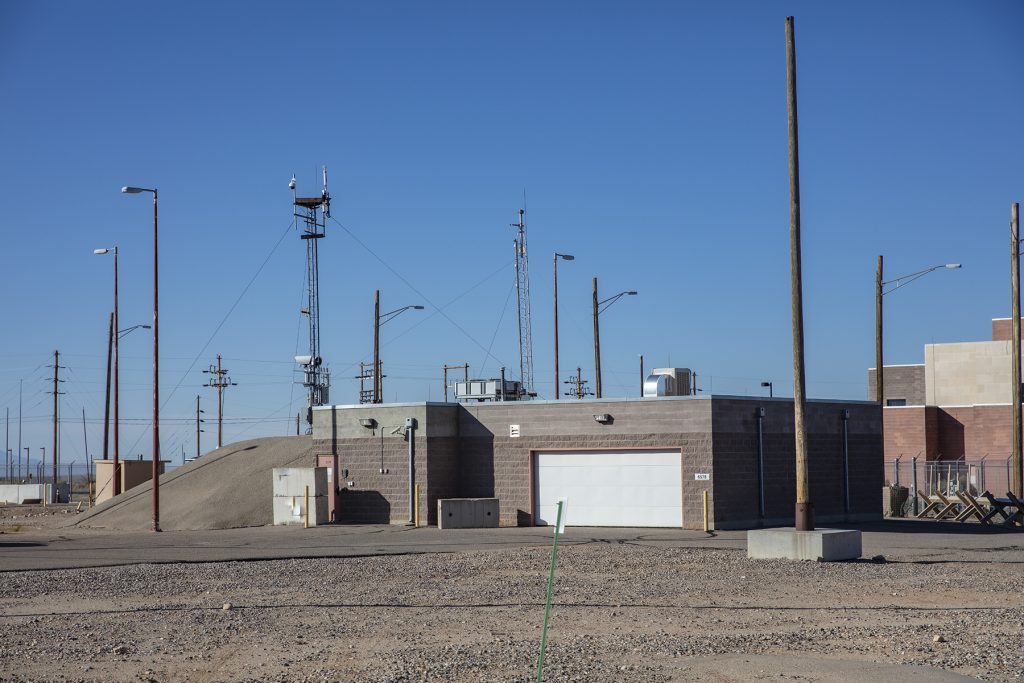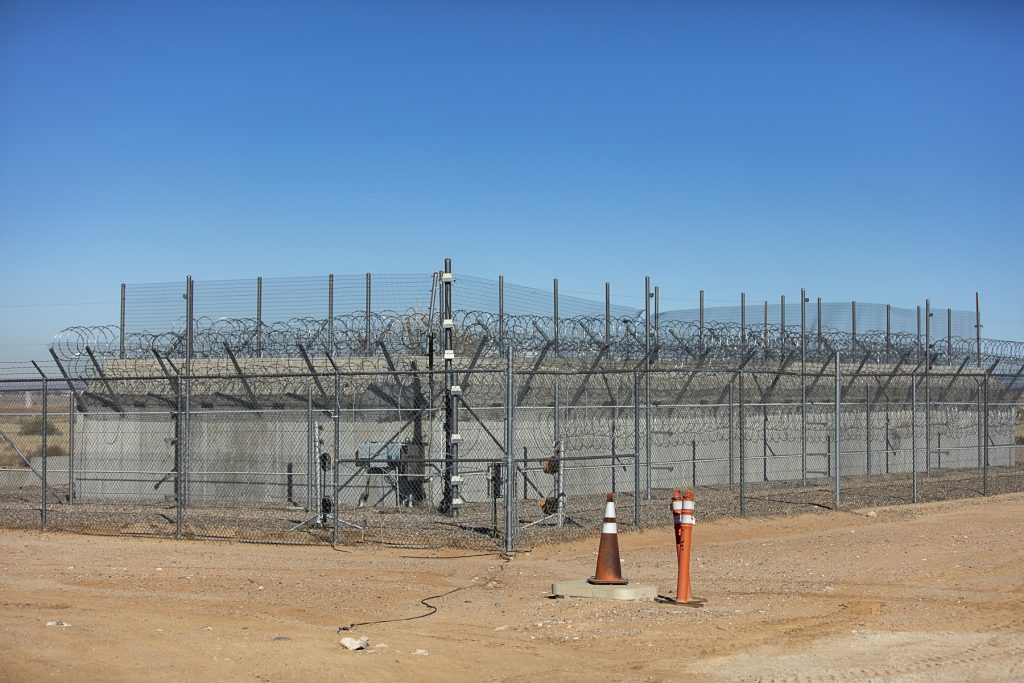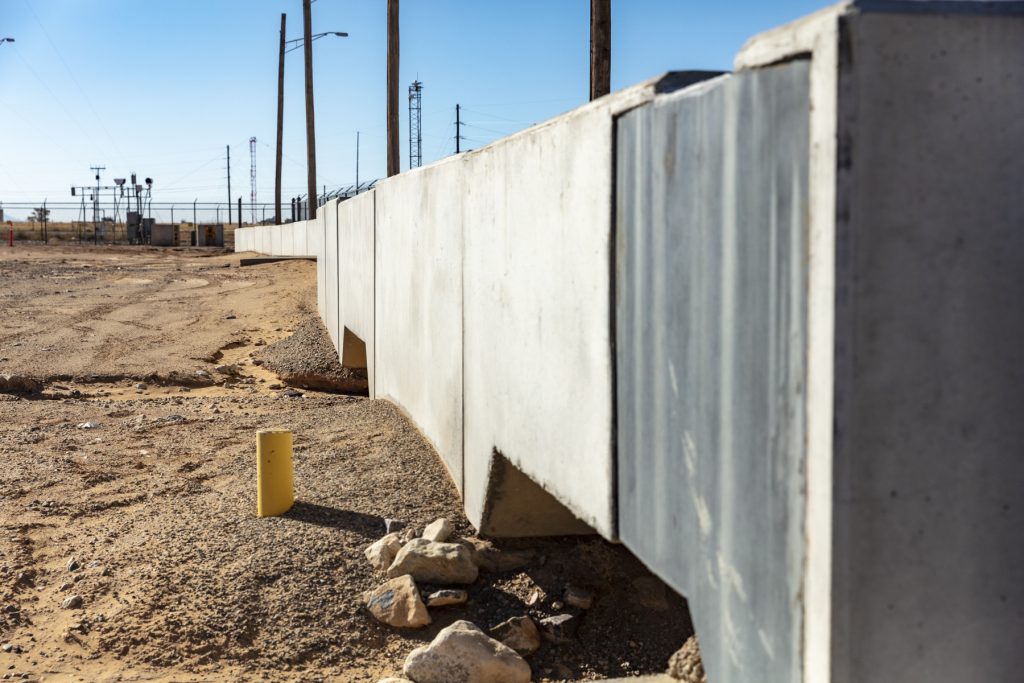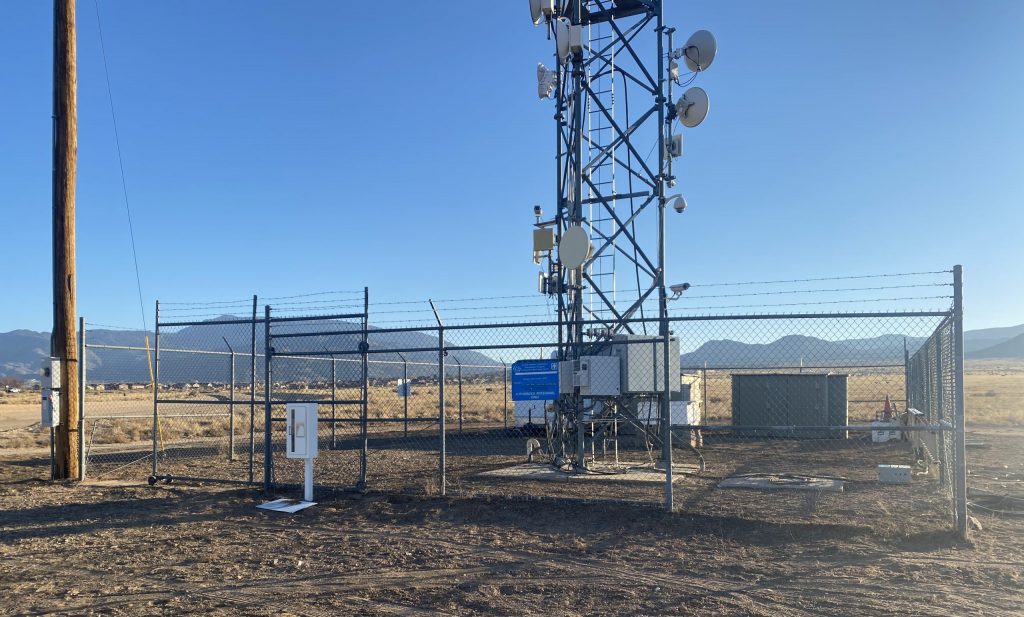Strengthening nuclear, radiological, and border security
Our Mission
At the NSTC, our physical protection systems subject matter experts use Sandia’s specialized facilities to develop new and evaluate currently available physical and cyber security technologies. Our science-based, unbiased findings help inform U.S. and international partners seeking effective, cost-efficient security designs that address current and emerging threats.
Our Capabilities
We research, develop, build, and test the security technologies of today and tomorrow.
We design, develop, integrate, and evaluate complex physical protection systems that improve facility security.
We conduct training courses and technical exchanges in collaboration with operators, regulators, and researchers around the world.
How We Put Our Expertise to Work
- Rigorous, unbiased field testing of individual and systems-based commercial-off-the-shelf (COTS) security components in real-world situations, inclement weather, and harsh terrains.
- Integration testing and evaluation of COTS technologies in holistic security systems.
- Perform both low-cost, short-term evaluations and in-depth, multi-year evaluations of technologies.
- Advanced modeling and simulation capabilities to mirror external facilities and systems, enabling partners to add, delete, move, and test technologies for optimum performance and cost effectiveness.
- Learn more about ongoing testing and how results are used to strengthen security on the Ongoing Work page.
- Partner with U.S. and international teams to conduct detailed analyses of nuclear/radiological facilities using in-person walkdowns, tabletop exercises, red teaming, force-on-force exercises, and more, with results informing possible efficiencies or upgrades.
- Ensure modeling and simulation tools used for analyses are updated with accurate data through testing and evaluation of new technologies and emerging threats.
- Provide user-friendly modeling and simulation software to facilities to enable continuous improvement.
- Learn more about successful partnerships on the Ongoing Work page.
- Using Sandia’s Cyber Security Operations Center, develop and test security technologies and systems to mitigate and prevent cyber-attack and train operators on effective response methods.
- Learn more about cybersecurity testing and training on the Ongoing Work page.
- Demonstration and training engagements showing how traditional and emerging technology improve nuclear, radiological, and border security across the globe.
- Mentoring security experts in design, testing, and evaluation of security technologies and systems.
- Learn more about the training, workshops, and exercises we conduct on the Ongoing Work and Training pages.
Our Facilities
Integrated Security Facility
A mock nuclear reactor, the ISF provides a realistic venue to demonstrate and evaluate security elements such as a perimeter intrusion detection and assessment system (PIDAS), central alarm station (CAS), entry control portal, mock nuclear material receiving, storage, and processing areas, and access delay and response survivability elements.

Sensor Test & Evaluation Center
STEC is a 72-acre facility dedicated to the design, development, and real-world testing of current, new, and emerging sensor technologies, including electro-field, microwave, ported coax, fence disturbance, taut wire, object detection, and radar.

Micro Reactor/Access Delay Bunker
The MR/ADB demonstration area offers a realistic environment for delay component and system research, development, and testing, and hands-on training on delay elements, such as barriers, passive and activated dispensable materials, and other delay methodologies.

Outdoor Test Facility
The 200-acre OTF includes buildings, towers, paved and gravel areas, dirt paths, and a fenced perimeter, making it an ideal physical security test site and field training venue for protection elements such as robotic vehicle systems, unattended ground sensors, radar detection, and uncrewed aircraft systems (UAS).

Take a virtual tour of the Nuclear Security Technology Complex created in Sandia’s modeling and simulation tool, Scribe3D.